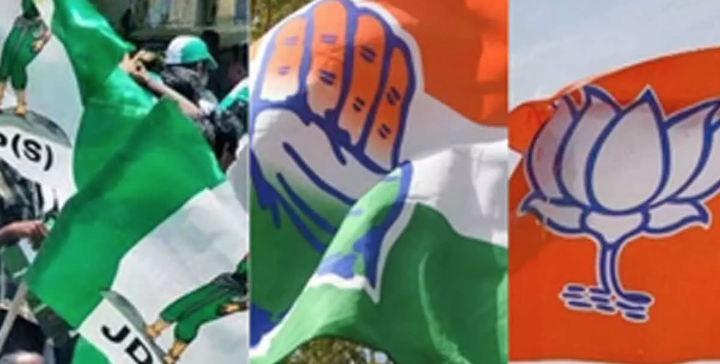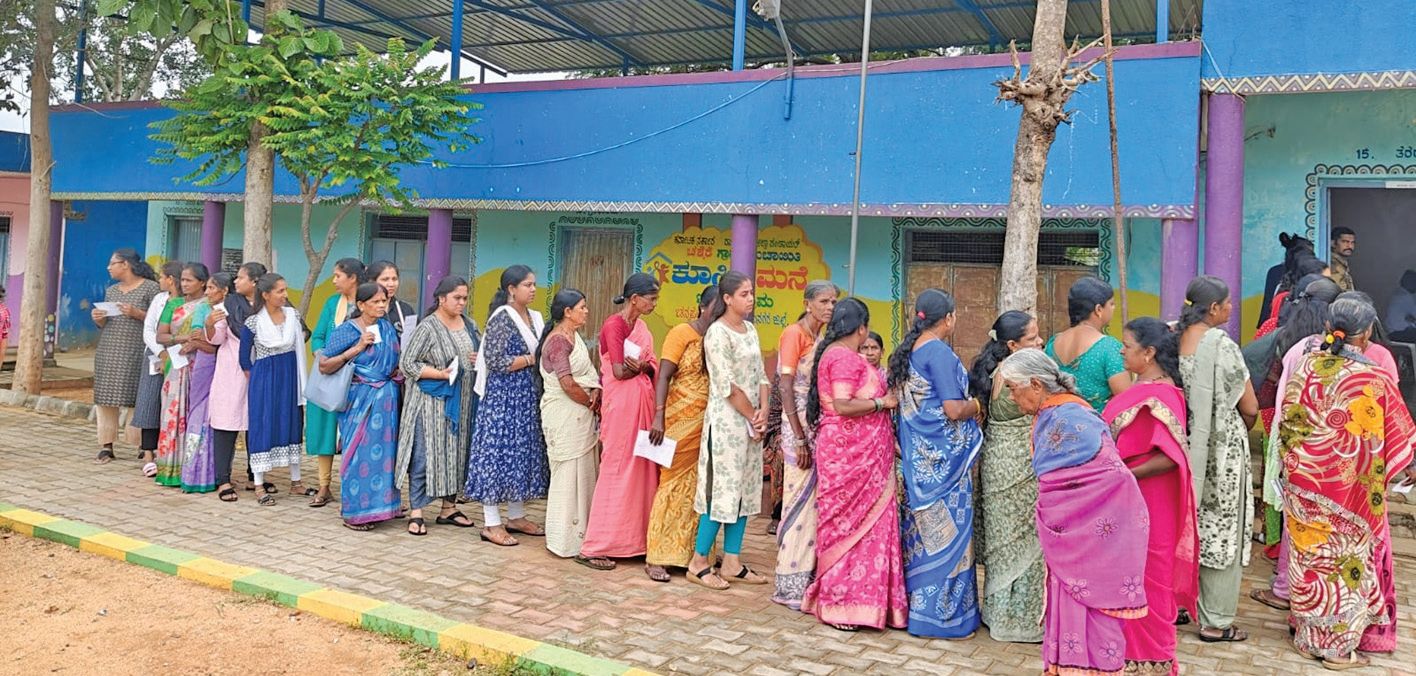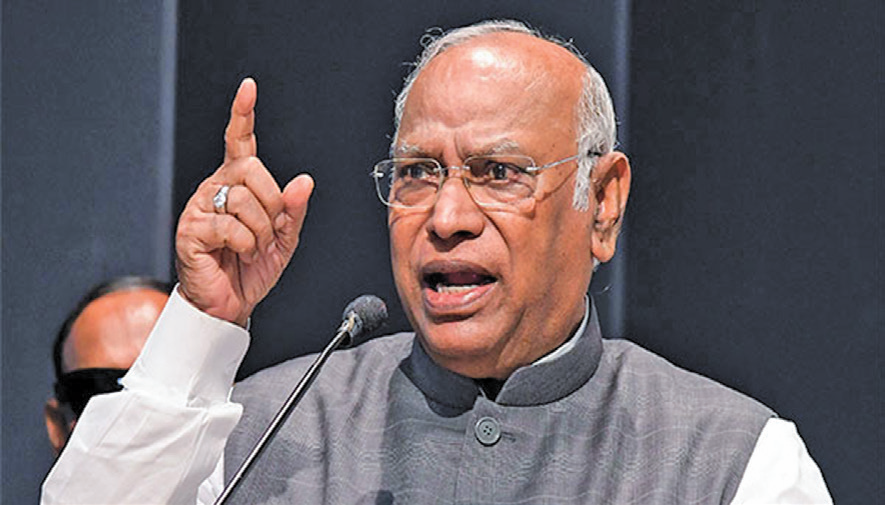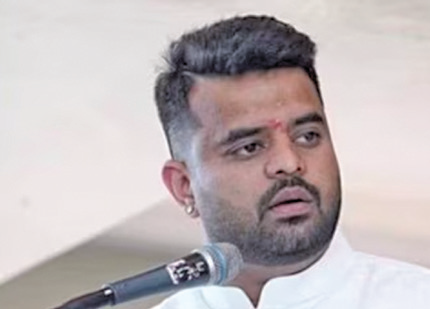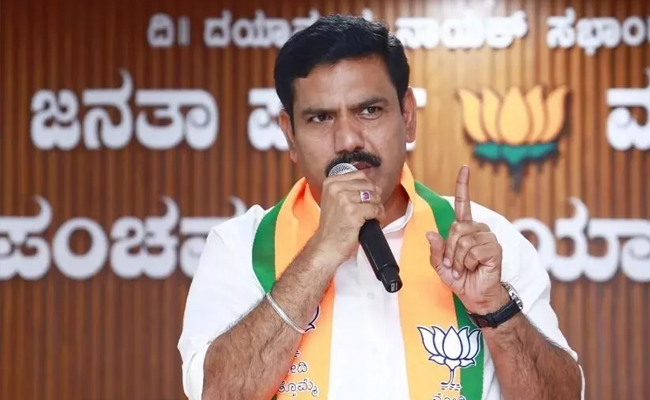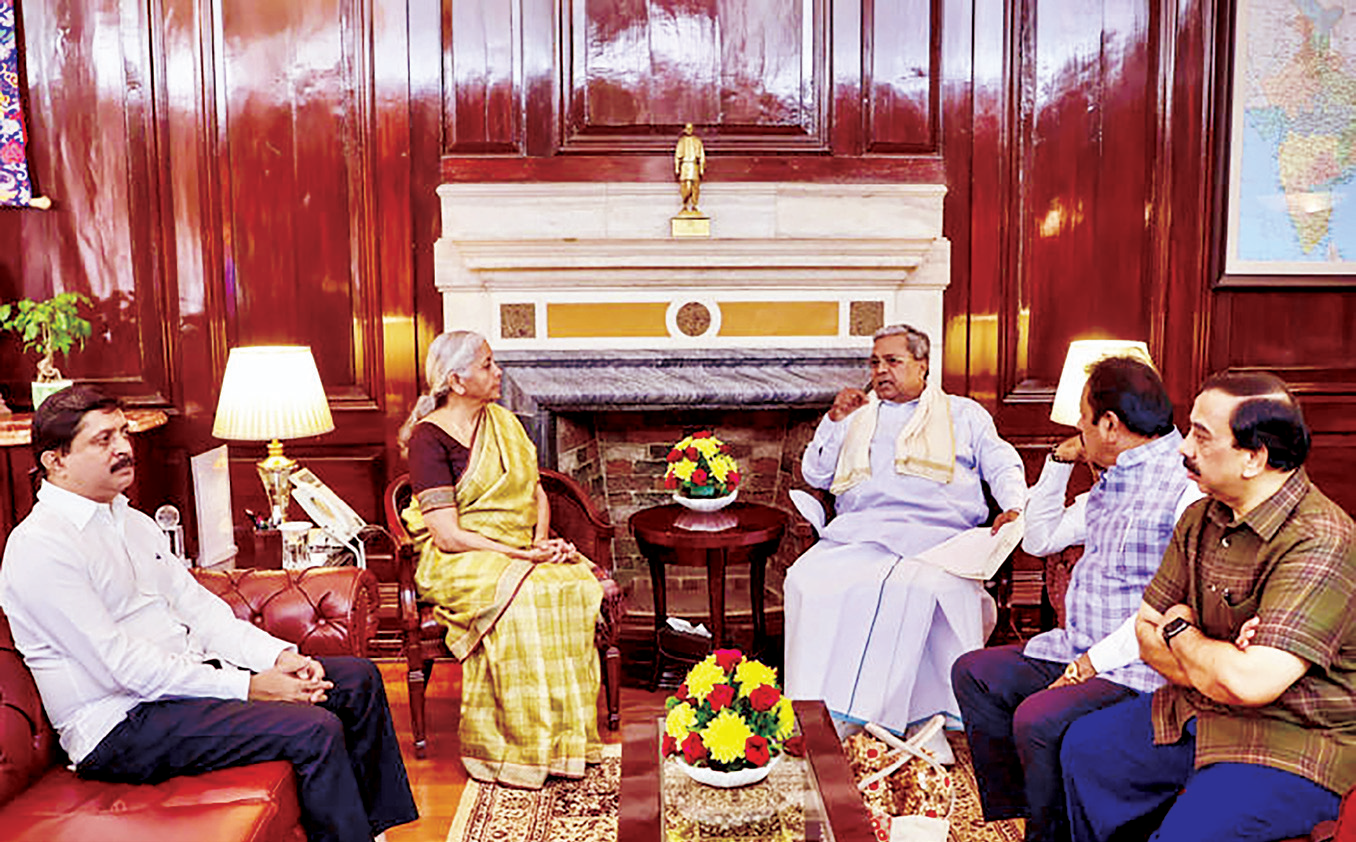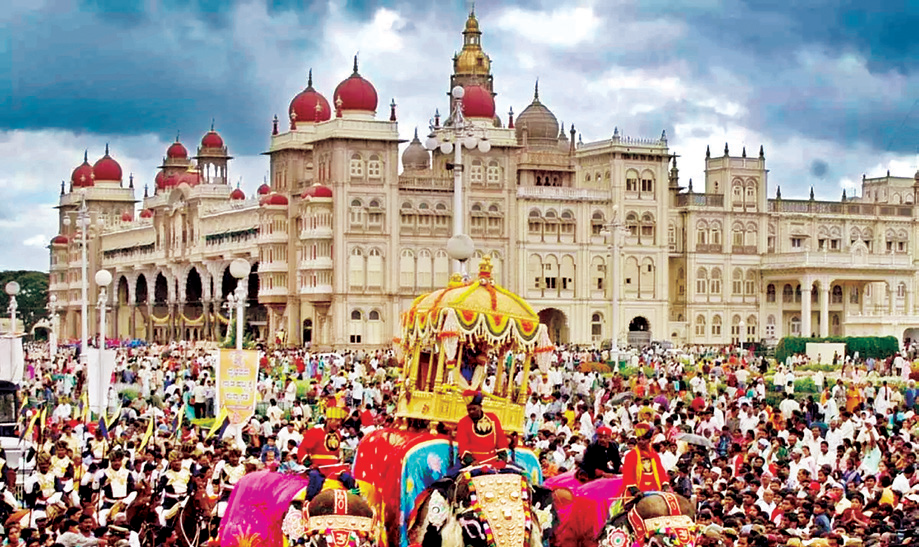
With no govt funding or royal patronage, Mangaluru's Dasara is called a common man's Dasara
NT Correspondent Mangaluru: Although Mysuru's Dasara grabs all the attention in Karnataka, the coastal city of Mangaluru has its own version of Dasara festivities, thanks to the Kudroli Gokarnanatha temple. The temple takes the lead in organising the Dasara procession, the installation of Navadurga idols, and giving the required colour and gaiety to the festivities. According to the organisers, it is estimated that this year, the Mangaluru Dasara will see more than five lakh people during the procession, and 12 lakh people are expected to visit the temple during the Navratri festivities, equivalent to the crowds drawn by the Mysore Dasara.
However, the Mangaluru Dasara does not have government or royal patronage like its famous cousin in Mysuru, said temple officials. The entire expenses of Dasara are borne by the devotees and philanthropists of Mangaluru, said Rajya Sabha member B Janardhana Poojary, who was instrumental in the temple's growth. Speaking to the PTI, while overseeing the preparations for the Dasara festivities commencing on October 3, Poojary said, "It has come to be known as the common man's Dasara.
We have no royal patronage or government support; all the celebrations are for 13 days (this time 14 days due to Ekadashi)." According to Poojary, Gokarnanatha temple came about because Sahukar Koragappa, a Billava community leader, took it upon himself to have a temple for their community as they were denied the right of entry to temples by upper caste Hindus. So, in 1912, he brought the 19th-century philosopher and social reformer Narayana Guru from Kerala to Mangaluru to consecrate the Shiva Lingam, which he brought from Kerala along with him. The Kshetra was named 'Gokarnanatha' by Narayana Guru, said Poojary. Through these humble beginnings, the Gokarnanatha Temple has now become a world centre for Billavas and a strong Shiva temple not just in Dakshina Kannada but in entire South India, he said.
The Kshetra started the tradition of consecrating the Navadurgas for the Dasara festival in the year 1991. The Navadurgas in their different avatars, as mentioned in the Puranas, are installed here, which has become a speciality of Kudroli temple, said temple officials. Mahagowri, Mahakali, Kathyayini, Shailaputhri, Brahmacharini, Chandraghanta, Kooshmandini, Skandamatha, and Siddhi Dhatri are the Navadurga Avatharas. This is the only temple in the country that offers poojas to all nine forms of Durgas, said temple authorities. Sharada, the goddess of knowledge, is at the centre stage. On the last three days, the Sharada Mahotsava has added to the colour of Navadurga poojas. The Sharada matha idol is stated to be one of the largest in the country, said Padmaraj Ramaiah, treasurer of the temple. On the last day of the Navratri-Vijayadashami, the grand procession includes a five-kilometre-long lineup of tableaux (over 75 of them), he added.
According to him, more than 30 troupes of folk dancers from Karnataka, Maharashtra, Kerala and Andhra Pradesh also take part in the procession. "All Navadurga idols mounted on truck platforms with dazzling displays of lights take part in the procession,'' added Ramaiah.
 English daily published in Bengaluru & Doha
English daily published in Bengaluru & Doha

